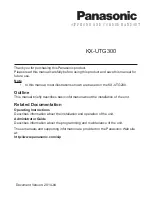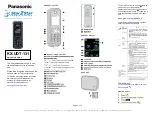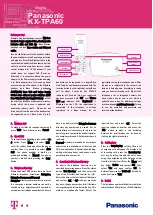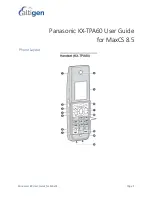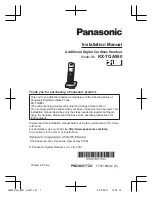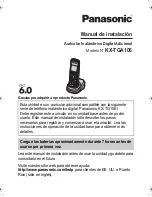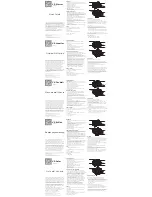
Fat Shark
11
RC Vision Systems
Operational advice
For best performance
, select a channel that has the least amount of
interference. While the transmitter is turned OFF, turn on the video
headset and look at the screen as you check each channel. Clear
channels will have a consistent static background. Channels with
interference will have horizontal static lines.
Always perform a range test before flying
. This includes AV and RC
controls. Some RC receivers can be affected by the proximity of other
electronic devices particularly the AV TX.
Try to space out your components as much as possible to avoid
interference to your RC control range (keep stuff away from RX)
Until experienced, practice flying in a familiar area to avoid becoming
disorientated.
Due to antenna characteristics, there is a “null” in line with antenna
direction. You may experience excessive video breakup when flying
overhead
5.8Ghz signal strength drops off very fast, stay safely within solid AV
range.
For maximum distance
it is very important that a clear line of sight exists
between the transmitter and the video headset. 2 of the worst causes of
interference are human bodies and reinforced concrete.
Place your TX antenna in open area in a vertical orientation
Multipathing
(reflections off buildings/ tall objects) causes signal
cancellation and result in broken video. Fly in open areas away from
buildings or other tall structures (i.e. barns, hills).
5.8Ghz AV with 2.4Ghz RC controllers:
2.4Ghz may cause harmonic
interference on Ch2 – Ch7 of the 5.8Ghz AV (Ch1 not affected). The
headset has been equipped with a high pass filter that will allow the
system to work with CE certified 2.4Ghz RC controllers. However, the
filtering may be insufficient to remove noise from overpowered non CE
certified controllers.
If you experience interference from your RC radio, change the AV channel
to channel 1.
Although you don’t require any license to operate this device, you are still
legally responsible for operating in a responsible manner.
Proper transmitter and antenna placement:
95% of range issues are
due to improper mounting of transmitter and antenna. This is particularly
true for multicopters where the frame can interfere with the transmitted
image. Place transmitters out on wing or arms away from aircraft body
parts and ensure the TX clears all objects. Place the antenna in the
vertical position (upside right or upside down but never sideways or on an
angle).













